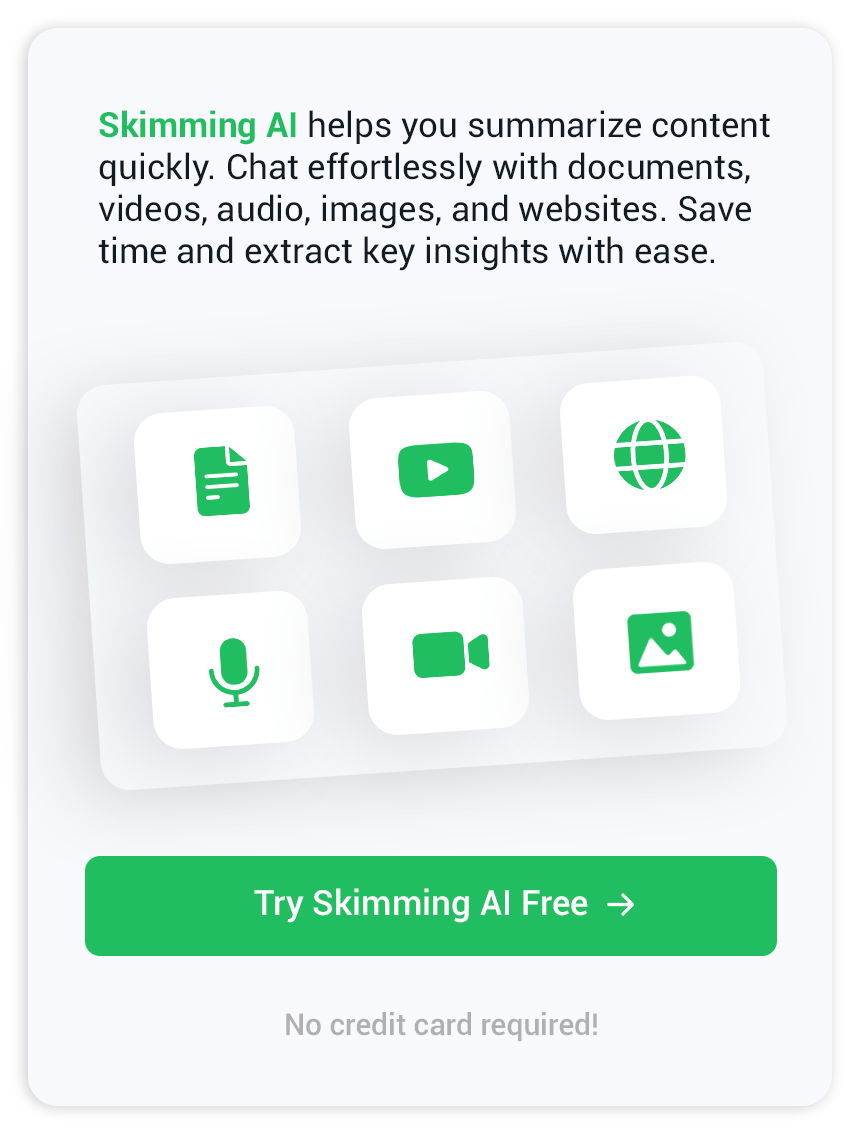Audio to text – fast audio file conversion and transcription
The basics behind audio to text
Most people have seen audio to text in action: you speak into your phone, and words appear on the screen. At first glance, it feels almost magical, but at its heart, turning audio into readable text relies on clever technology called speech recognition. This process lets us convert podcasts, meetings, interviews and even real-time conversations into written form, making content more accessible and easy to search.
How speech turns into words you can read
Picture a short recording from a meeting. The first step for any audio to text tool is to capture the sound and break it down into tiny pieces called waveforms. These waveforms carry information about pitch, tone, volume and duration. The system needs to pick out spoken sounds from other noise, such as a cough or someone tapping a pen.
Once the tool identifies speech, it digests each piece and matches them to a library of known sounds and words. In the early days, computers would compare incoming sound to templates, but today’s systems often use machine learning. They “listen” to millions of examples to recognize how people pronounce certain words or phrases, even with different accents or background music.
The role of language and context
The real challenge is not just hearing the words but writing the right words. Human speech is full of homophones (like “their” and “there”), slang and incomplete sentences. Advanced technology blends acoustic signals—how words sound—with models of natural language. This means the tool not only hears an “uh” or “I see,” but considers what fits naturally in a written sentence. If someone says “I read a book,” it uses grammar and context to write “read” (not “red”).
This becomes even more important in fields like law or healthcare, where accuracy and context matter. That is why many audio tools let users revise transcripts or add terms to suit special vocabularies.
Where people use audio to text every day
You might use a voice assistant to send a message, let your phone transcribe voicemails, or record ideas in a meeting app. Content creators rely on audio to text for captions and subtitles, making videos and podcasts accessible to more people. Educators use it for lecture transcriptions, while journalists can focus on conversations without needing to take notes by hand.
If you have ever wanted a quick summary of a long podcast or interview, there are now useful audio summarizer tools, which use audio to text as a first step. By converting sound into text, these tools can then highlight key points or pull out important quotes for you.
What influences audio to text results
A clear recording helps most. Heavy background noise, overlapping voices or regional dialects can make things tricky. Despite huge progress, no technology always gets every word correct. That is why many people still review and tweak transcripts themselves, especially for important documents. Still, the convenience of having hours of spoken content ready to read, search and share keeps audio to text tools in growing demand.

